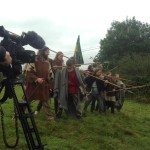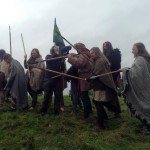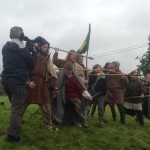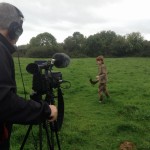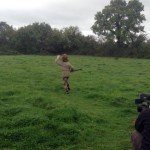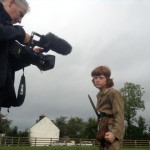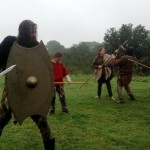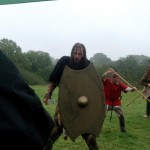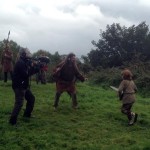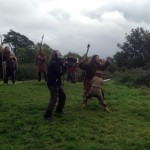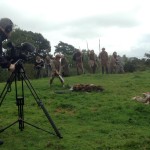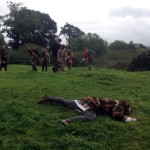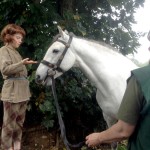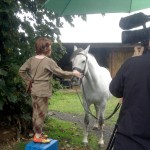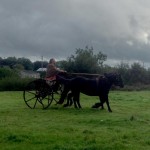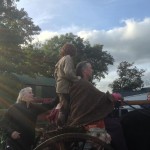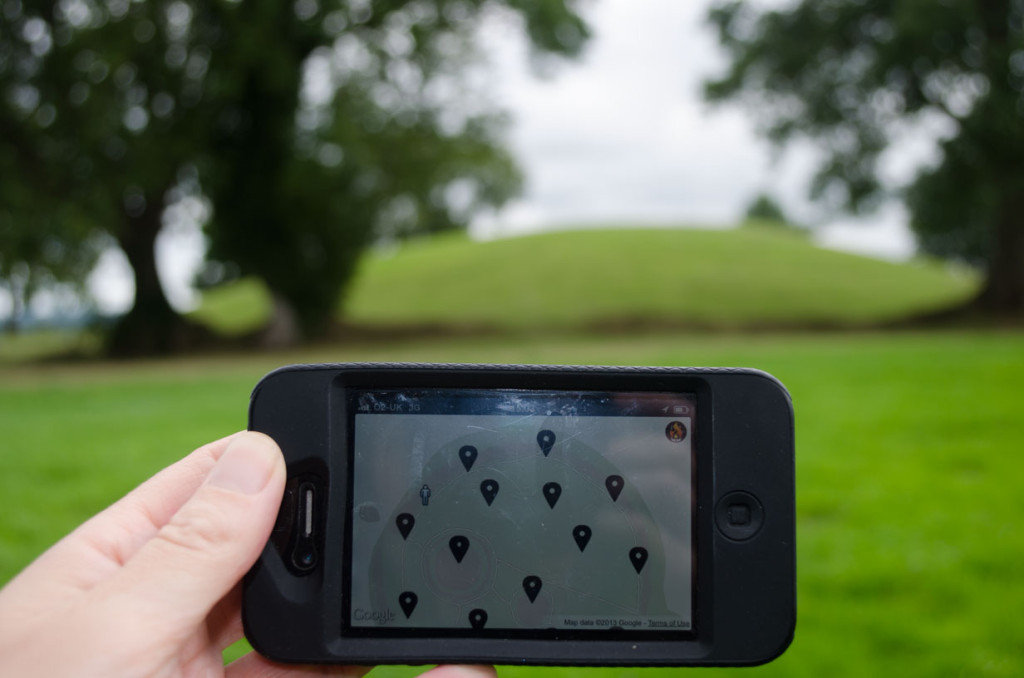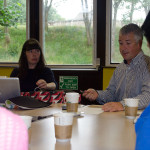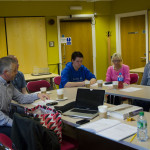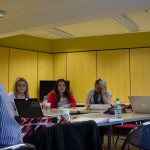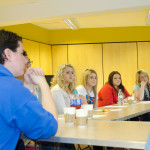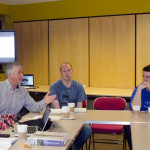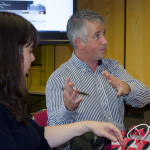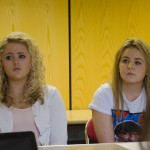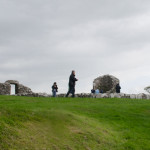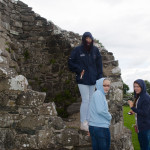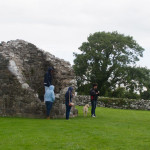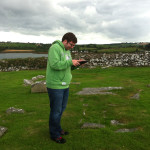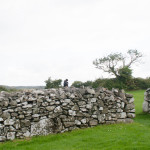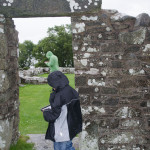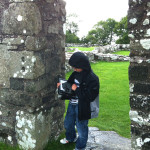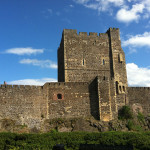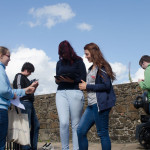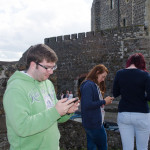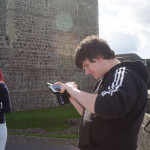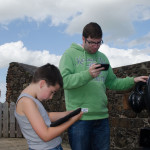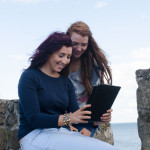Some background information on smartphone ownership in the UK to help better understand and target the appropriate audience for the Navan Fort Heritage apps. This is a summary of my blog post Tablet and Smartphone Ownership in UK and cites OFCOM’s latest reports: Market Communications Report July 2013 and Children and Parents: Media Use and Attitudes October 2013.

- 29% of children aged 5-15 own a smartphone
Half of UK adults own a smartphone
The OFCOM Communications Market Report found that smartphone and tablet ownership in the UK had risen sharply and nearly three-quarters of all handsets sold (74%) in Q1 2013, were smartphones. Half of all adults (51%) in the UK now own a smartphone; although ownership varies significantly with age with three-quarters of 16-24 year olds (77%) compared to 11% of 65-74 year olds own a smartphone.
In February 2013, 30% of web traffic came from a smartphone or tablet
The majority of smartphone owners (96%) use their device to access the internet and in Q1 2013, 49% of UK adults accessed the internet on their handset. In February 2013, nearly a third of webpage traffic (30%) came from mobile phones (23%) and tablets (8%) whereas desktop and laptop browsing declined by 20% .
29% of children aged 5-15 own a smartphone
The OFCOM Media Use and Attitudes report found that 20% of 3-4 year olds, 22% of 5-7s, half of 8-11s and 89% of 12-15s had used a smartphone and smartphone ownership among under-16s had increased to 29%. The percentage of children owning a smartphone increases with the age of the child from 0% – 89%. Low ownership levels are recorded among 3-8 year olds but this begins to rise from the age of 9 years and outstrips non-smartphone ownership by the age of 11. Only 1% of 5-7 year olds, 18% of 8-11s and 62% of 12-15s own a smartphone.
Nearly a quarter of UK households have a tablet computer

- 28% of 3-4 year olds have used a tablet computer at home
The OFCOM Communications Market Report found that tablet ownership had more than doubled to 24% of UK households, and 29% of NI households. However, just under half (46%) of these tablets are 3G-enabled and only 20% of tablet owners have a mobile subscription for a 3G connection. Three-quarters (76%) of parents owning tablets consider them a useful tool for entertaining and/or educating their children. Four in five parents said their children used a tablet computer at least weekly, with two in five reporting daily use by their children and 17% saying their children use it more than once a day.
42% of 5-15 year olds and 28% of 3-4s use a tablet computer at home
The OFCOM Media Literacy October 2013 report found that children’s access to tablets had doubled, with half of households with 3-15 year olds owning a tablet. 42% of 5-15 year olds and one-quarter (28%) of 3-4s use a tablet computer at home. Almost a quarter of children use tablets to access the internet and 12% of 3-4 year-olds have used a tablet computer to go online. Tablet ownership among children increases with age; 3% of 3-4 year olds, 13% of 5-7s, 18% of 8-11s and one-quarter of children aged 12– 15 (26%) have their own tablet computer.
Teachers estimate that by 2015, a quarter of pupil-facing computers will be tablets
BESA, the British education suppliers association, surveyed 500 UK schools and found that 6 per cent of all pupil-facing computers in schools are tablets (4.5 per cent in primary, 6.9 per cent in secondary). The schools surveyed, forecast that by the end of 2013 the percentage of tablets will have risen to 10% and by the end of 2015 this is predicted to rise to 24 per cent of all pupil-facing computers.

